Selected Plants of Navajo Rangelands
St. Johnswort
Biłhaazhch’ih

Common St. Johnswort is an introduced species that can quickly crowd out other plants in disturbed areas, but does not readily colonize undisturbed areas. It is poisonous to livestock, but it provides a pollen source for wasps and bees.
St. Johnswort grows in a variety of dry, sunny habitats, particularly grasslands, rangelands, or areas disturbed by fire. Plants grow to a height of three feet with many flowers on each plant. Flowers are yellow, with five petals, and a diameter of 3/4 to 1 inch. Leaves are narrow and oblong.
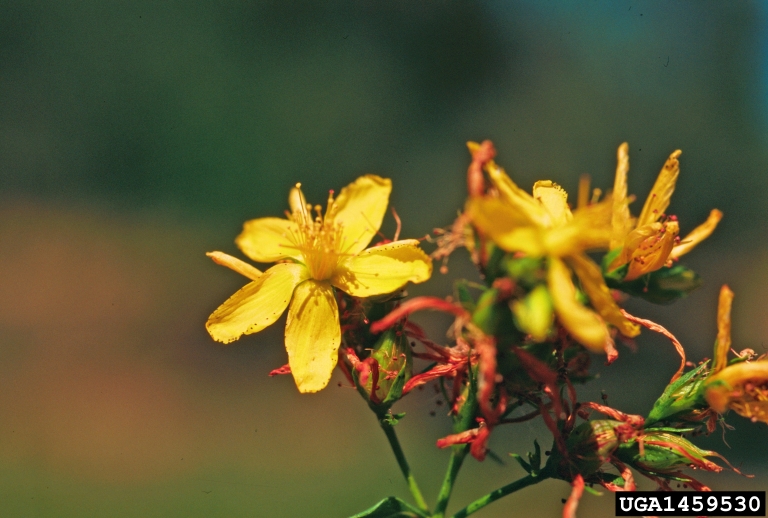
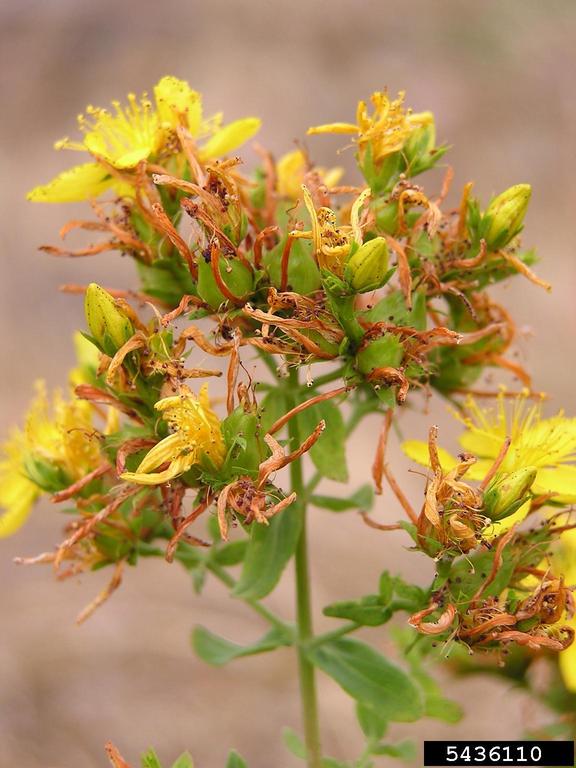
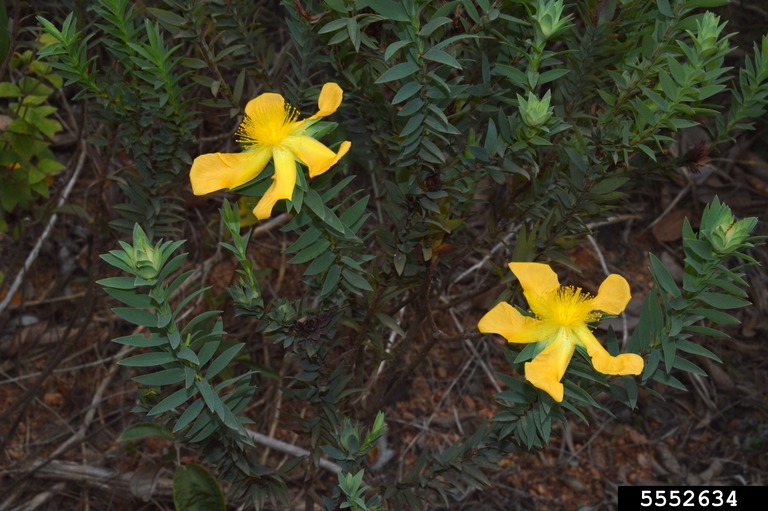
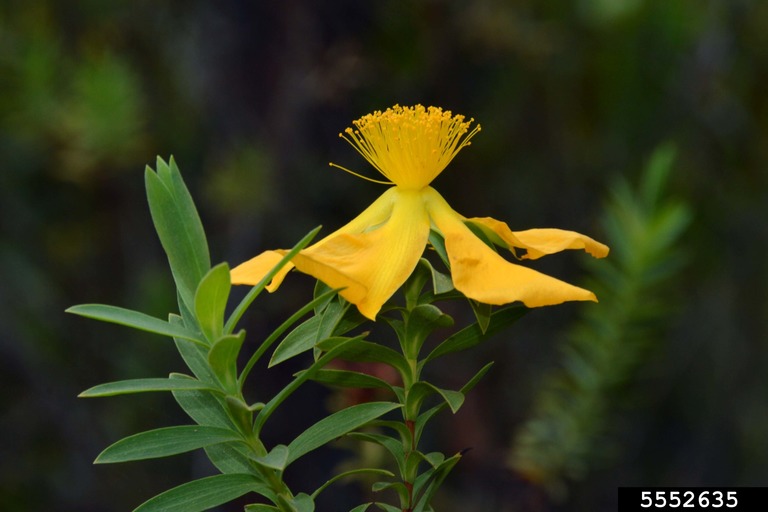
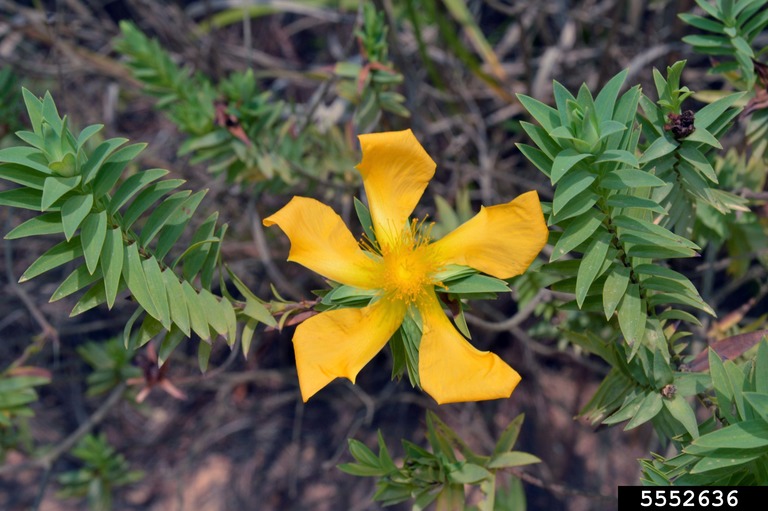
Copyright 2018 New Mexico State University. Individual photographers retain all rights to their images. Partially funded by the Western Sustainable Agriculture Research and Education Program (westernsare.org; 435.797.2257), project EW15-023. Programs and projects supported by Western SARE are equally open to all people. NMSU is an equal opportunity/affirmative action educator and employer..
NMSU does not discriminate on the basis of age, ancestry, color, disability, gender identity, genetic information, national origin, race, religion, retaliation, serious medical condition, sex (including pregnancy), sexual orientation, spousal affiliation or protected veteran status in its programs and activities as required by equal opportunity/affirmative action regulations and laws and university policy and rules. For more information please read the NMSU Notice of Non-discrimination (opens in new window).

